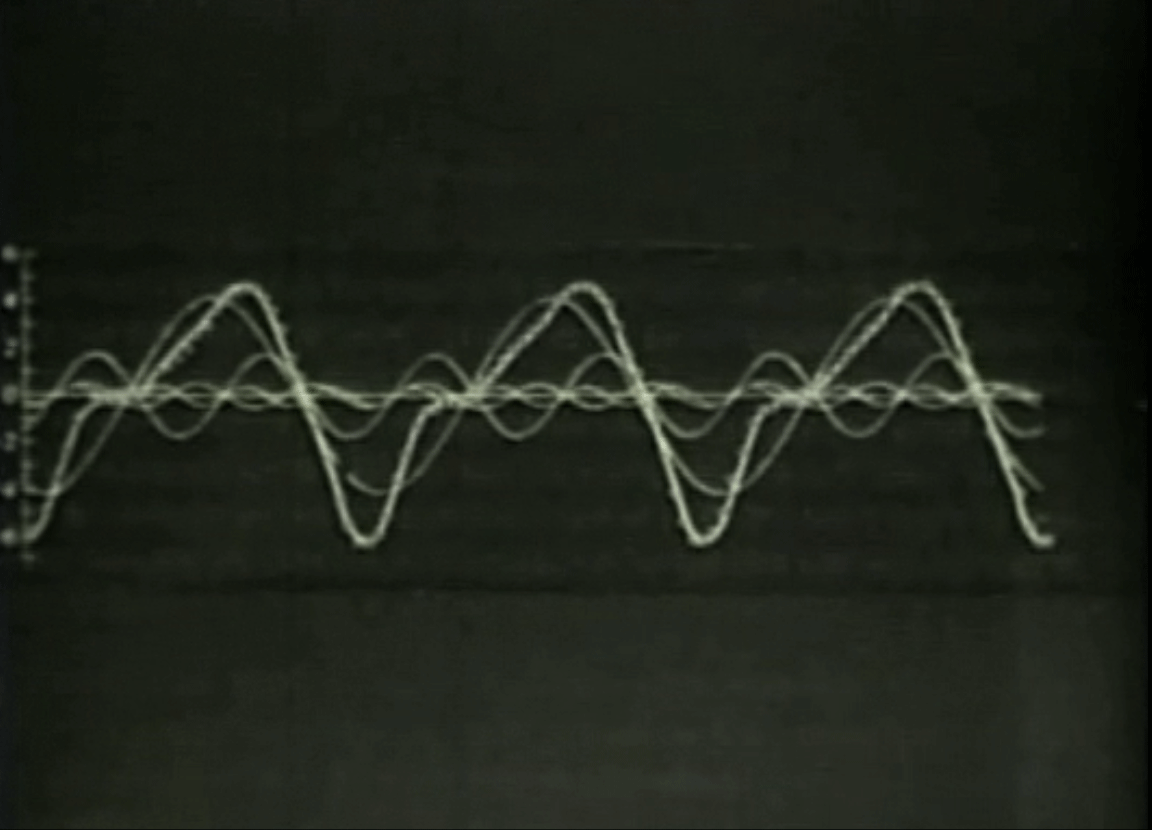Rhythms Within Rhythms - Lessons From A Millipede
Wavy millipede legs
I was on holiday in Sicily recently, lazing in the sun, and caught myself watching a millipede. I was fascinated by the waves of activity in the legs as it moved. It struck me a moving millipede is a really good example of rhythms within rhythms, just like the different co-existing tides we describe in cranial work.I normally try and explain the interaction of cranial rhythms by talking about the waves of the sea going back and forth but gradually moving up (or down) the shore as the tide goes in (or out).On the millipede we can watch one leg move back and forth, or a group of legs seeming to take part in an undulation along the length of the body, or the whole millipede moving forward. All the movements are there at the same time, all important and all of them perceivable depending on your focus. Nice.
Harmonics and combining sine waves
The top red wave is the result of combining the waves below
Above is an image from a website exploring harmonics in music. The top red wave is made up of the three underlying waves below. It is pleasingly similar to CRI (blue), mid tide (purple) and long tide (green).Below is another link from a website exploring acoustics. There are some good animations of combining two sine waves.http://www.acs.psu.edu/drussell/demos/superposition/superposition.html
'The Protoplasm of a Slime Mold' by William Seifriz
‘The rhythmic forces in protoplasm are even more basic than the flow’
‘The rhythm has continued underneath, so to speak, even though the protoplasm has been asleep, there is still something going on. We must be very close indeed to the question ‘What is Life?’ '
‘There is not one rhythm in protoplasm but many rhythms. Protoplasm is a polyrhythmic system.’
The above quotes are from the slime mold dvd. Seifriz talks excitedly about finding out that the rhythm of protoplasmic streaming is not just a single rhythm but is made up of a number of rhythms. Below are the images of the basic wave and the constituent waves from the Seifriz DVD.
The basic rhythm of slime mold as measured by William Seifriz
The underlying polyrhythmic nature of the slime mold is revealed on analysing the basic wave.





 Steve Haines
Steve Haines

